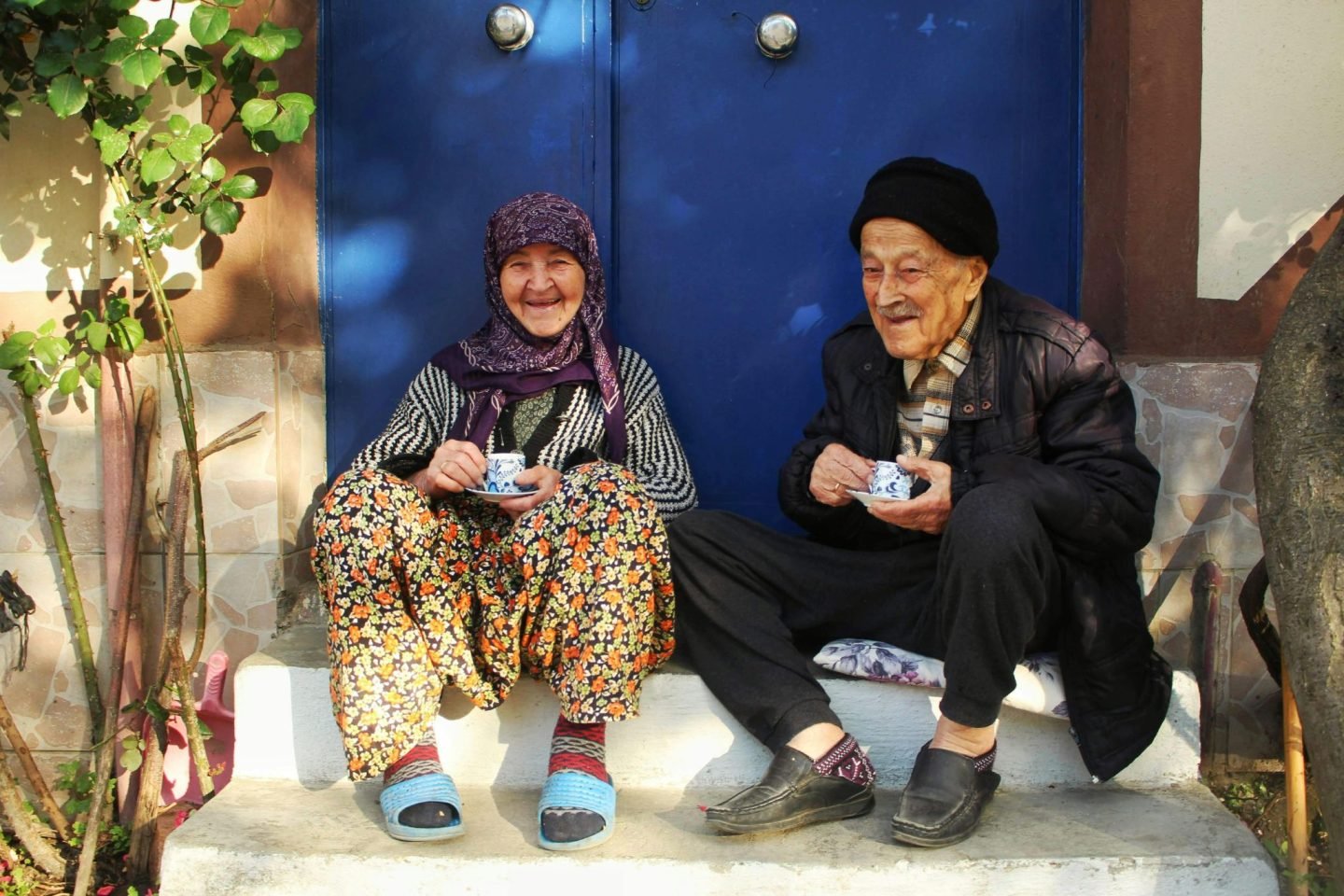
Table of Contents:
- Introduction to Modern Senior Care Methods
- Benefits of Technology in Senior Care
- Community-Based Care Approaches
- Personalized Care Plans
- Support and Resources for Caregivers
Key Takeaways:
- Exploring various modern techniques in senior care to enhance quality of life.
- Understanding the benefits of technology in senior care.
- Highlighting community-based and personalized care approaches.
- Identifying resources for caregivers to provide better support.
Introduction to Modern Senior Care Methods
Senior care has evolved significantly over the past few decades. The focus has shifted from merely providing basic needs to enhancing seniors’ overall quality of life. New approaches now include a mix of technology, community involvement, and personalized care plans. These modern methods aim to make seniors feel valued and independent while receiving the care they need. For example, many facilities now incorporate activities that promote mental and physical health, such as yoga, art therapy, and social gatherings. For more information on such practices, you can visit https://www.1stmeridiancareservices.com/.
Finding new ways to support our aging population while helping them maintain a high quality of life is crucial. These approaches guarantee that seniors remain active members of society, which, in turn, helps to strengthen their mental and emotional well-being. By providing varied and engaging activities, seniors can continue to learn new skills, socialize with peers, and stay physically active, all of which contribute to a more fulfilling life.
Benefits of Technology in Senior Care
Technology is making waves in the senior care industry. Smart home systems, wearable health monitors, and telehealth services have made ensuring seniors’ safety and well-being easier. According to a study, these technologies help monitor health and enable seniors to stay connected with their loved ones.
This can significantly decrease feelings of loneliness and sadness in elderly individuals.
Wearable devices like smart watches can monitor vital signs and notify caregivers of abnormal patterns. Telehealth services are increasingly valuable, enabling elderly individuals to receive medical advice without going out. This is especially advantageous for individuals with mobility challenges or long-term health conditions. Additionally, virtual reality (VR) programs are being introduced to stimulate cognitive functions. VR can transport seniors to different environments and times, helping to trigger memories and provide mental stimulation.
A senior who has difficulty moving can enjoy the experience of “walking” in a forest or “going to” a museum through VR, enhancing their life in ways they never thought possible before. The increased digital literacy among seniors also empowers them to independently manage tech devices, furthering their sense of autonomy and control over their lives.
Community-Based Care Approaches
Community-based care approaches provide a robust support network for seniors. Initiatives like communal dining, neighborhood watch programs, and recreational activities create a sense of belonging. Such community settings can be instrumental in helping seniors maintain a social life, which is crucial for their emotional well-being—the New York Times recently highlighted that community involvement can lead to better mental health and a longer life span for seniors.
Furthermore, volunteers and community members often play an essential role in these programs, creating a socially inclusive environment that can be therapeutic for all involved. Community-based care focuses on collective well-being, allowing older adults to thrive in a supportive setting. For instance, regular social events or group exercise classes organized by community centers give seniors something to look forward to foster relationships, and strengthen community ties.
Moreover, senior community centers often collaborate with local schools and organizations to create intergenerational programs. These initiatives allow seniors to interact with younger community members, sharing their life experiences and wisdom while learning new perspectives. This intergenerational interaction can be mutually beneficial, reducing stereotypes and fostering understanding between age groups.
Personalized Care Plans
Developing personalized care plans based on unique requirements is an effective approach to providing care services for my senior loved one. These plans consider each senior’s unique medical, emotional, and social requirements. Personalized care can range from specialized diets to scheduled social activities, ensuring each senior feels catered to and appreciated. This kind of care particularly benefits those with chronic conditions like dementia or arthritis, as it enables targeted treatment and management.
Advanced assessments are often employed to determine the proper care plans. This includes evaluating physical health, cognitive function, emotional well-being, and social interactions. A dedicated team carries out the resultant plan, ensuring seamless and consistent care. Caregivers can create a nurturing environment that aligns with the senior’s lifestyle and choices by considering individual preferences and history. For example, a senior passionate about gardening may have a personalized plan that includes time spent in a communal garden. Those with dietary restrictions might receive meals prepared for their needs, ensuring nutrition and enjoyment. Personalized care aims to maintain a balanced approach that addresses all facets of a senior’s life, thus promoting holistic well-being.
Support and Resources for Caregivers
Caregivers are crucial in ensuring the health and happiness of older adults. Providing them with adequate support and resources is vital for high-quality care. Many organizations offer training programs, mental health resources, and community support groups to help caregivers manage their responsibilities effectively.
In addition to formal resources, peer support is highly beneficial. Interacting with other caregivers allows for exchanging thoughts, emotional support, and helpful advice. This network can create a sense of inclusion, reducing the isolation typically experienced in caregiving. For instance, caregivers can seek comfort and empowerment through sharing their experiences and coping strategies in online forums and nearby support groups.
Furthermore, respite care services provide temporary help, enabling caregivers to take a break and rejuvenate. By utilizing these resources, caregivers can enhance their skills, reduce stress, and maintain their health while providing top-notch care to their loved ones.
